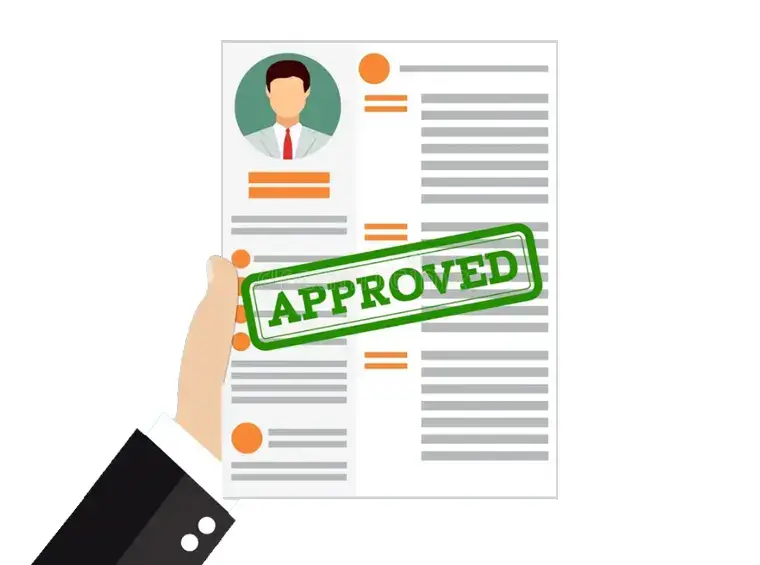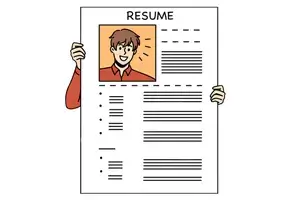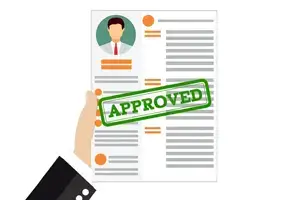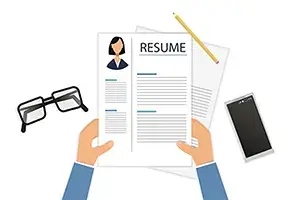Crafting an Effective Resume that Captures Employers' Attention

In the competitive landscape of job hunting, your resume serves as your first introduction to potential employers. In the blink of an eye, it needs to make a lasting impression, compelling recruiters to see you as the ideal candidate. Crafting an effective resume goes beyond listing your work history; it involves presenting your skills, achievements, and personality in a way that captivates employers. In this guide, we'll delve into the essential elements of a standout resume and provide practical tips to ensure yours doesn't get lost in the stack.
1. Understanding the Purpose of Your Resume:
Your resume is not just a document; it's a marketing tool. It's a concise snapshot of your professional journey designed to showcase your qualifications, experiences, and potential value to an employer. Keeping this in mind is crucial as you begin the crafting process.
2. Start with a Strong Header:
Your header is the first thing employers see. Include your name, professional title, and contact information. Make sure it's clear, professional, and easy to read. Consider adding links to your LinkedIn profile or personal website.
3. Craft a Compelling Summary:
Your resume's opening is your chance to grab attention. Write a powerful summary that encapsulates your professional identity and the value you bring. Keep it brief, impactful, and tailored to the specific role you're applying for.
4. Tailor Your Resume for Each Application:
Avoid the one-size-fits-all approach. Tailor your resume for each job application by aligning your skills and experiences with the specific requirements of the role. This shows employers that you've invested time in understanding their needs.
5. Highlight Achievements with Quantifiable Metrics:
Don't just list responsibilities; showcase your accomplishments. Use quantifiable metrics to demonstrate the impact of your work. Whether it's exceeding sales targets, reducing costs, or improving efficiency, numbers add substance to your achievements.
6. Showcase Relevant Skills:
Create a dedicated skills section that highlights the key competencies relevant to the job. Use a mix of hard and soft skills, and ensure they match the keywords found in the job description. This not only makes your resume ATS-friendly but also resonates with human readers.
7. Provide a Detailed Work History:
In your work history, focus on relevance and impact. Use bullet points to outline your responsibilities and achievements in each role. Start each bullet point with strong action verbs to convey a sense of accomplishment and initiative.
8. Utilize a Clean and Professional Format:
The visual appeal of your resume matters. Choose a clean, professional format that is easy to read. Use consistent fonts and bullet points for a polished look. White space is your friend; it helps guide the reader's eyes and prevents visual clutter.
9. Include Education and Certifications:
Provide details about your education, including degrees earned, institutions attended, and graduation dates. Additionally, showcase any relevant certifications or training that enhance your qualifications for the job.
10. Proofread for Perfection:
Errors and typos can undermine even the most impressive resume. Proofread your document meticulously to ensure it's free from grammatical mistakes and formatting issues. Consider having a friend or colleague review it as well.
Conclusion:
Crafting an effective resume is a dynamic process that evolves with each job application. It's not just about listing your qualifications but about telling a compelling story of your professional journey. By investing time in tailoring your resume, highlighting achievements, and presenting yourself professionally, you increase the likelihood of capturing employers' attention and standing out in a competitive job market. Your resume is your personal brand—make it unforgettable.
 Ensuring Perfection Before You Apply
Ensuring Perfection Before You Apply














